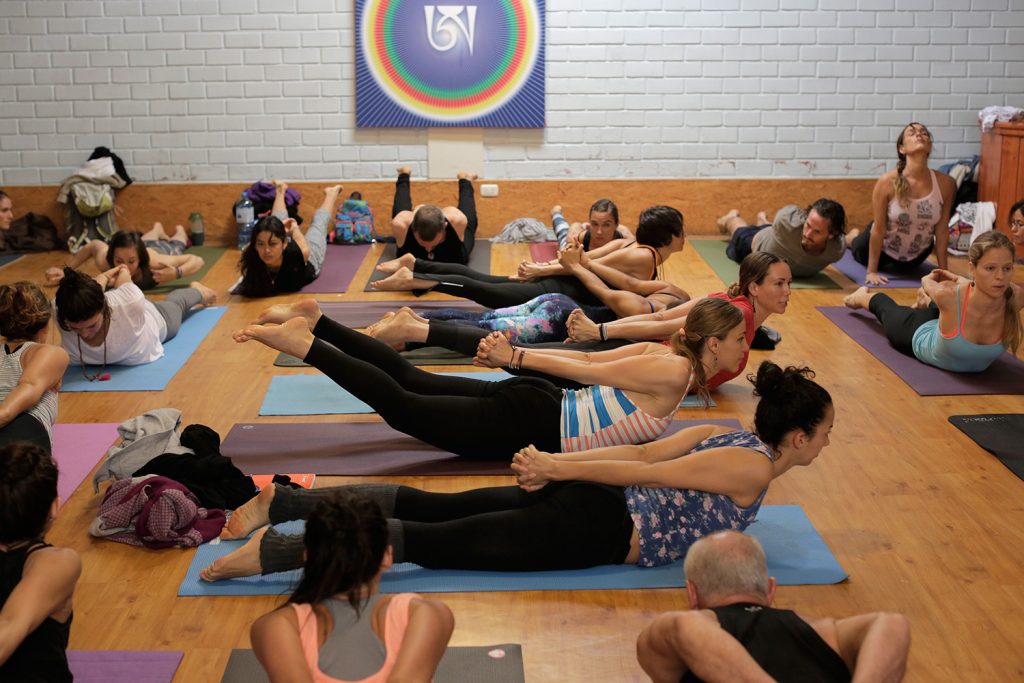Approaches to the True Goal of Yoga (part 3)
Let us remain mindful that the original goal or destination of Yoga is union of the little self, or ego, and the true, or Universal Self. Yoga becomes the realization, of and through, the direct experience of this pre-existing union.
Accomplishing the merger between Atman and Brahman, Shiva and Shakti, or the realization of Purusha standing alone as separate from Prakriti, defines this goal. The fact that one performs asanas using the body doesn’t necessarily assure they will achieve that highest union referred to as Yoga.
Sincere seekers and devotees of the authentic and historical goals of Yoga may wish to seek more information on the subject. Seeking more information can become an exasperating experience and other times it turns into pure joy. In the long run, they will likely conclude it is infinitely worth all the challenges and effort.
A short history of Yoga
Conveniently divided for further study, the history of Yoga falls into the following four broad categories:
- Vedic – The Vedas (sacred knowledge) were reportedly passed on through oral tradition for over 100,000 years. They came to us in written form approximately 6,000 years ago. The Vedas contain the oldest known Yogic teachings and practices. These include hymns, rituals and ceremonies that strive to surpass the limitations of the mind; hence, they are called Vedic Yoga.
- Pre-classical – The creation of the Upanishads marks the era of Pre-Classical Yoga which was between 1000 – 500 B.C.E. Many scholars regard the Upanishads as a part or an extension of the Vedas. They describe philosophy, meditation, and nature of Brahman. There are 108 Upanishads, 10 of which are considered primary.
- Classical – Yoga’s Classical Period covers 500 B.C. – 100 B.C.E. and is generally characterized by another creation – the Yoga Sutras. These sutras, or aphorisms, were written by Patanjali around the second century. The Yoga Sutras are composed of 195 aphorisms that expound upon the Raja Yoga and its underlying principles, Patanjali’s Eightfold path of Yoga (aka, Ashtanga – Eight Limbs of Classical Yoga).
- Post-classical – Post-classical Yoga differs from the first three. Its focus is more on the present environment and its needs. It no longer strives to liberate a person from reality, but rather teaches one to accept it and live in the present moment. During the early 19th century, the introduction of Yoga in the West began. It was first studied as part of Eastern Philosophy, but now is being transformed into a movement for health and vegetarianism which began around the 1930’s.
Yoga comes to the Americas
The importation of yoga to the West continued at a relatively slow pace until Indra Devi opened her Yoga studio in Hollywood in 1947. Since that time, many more western and Indian teachers have become pioneers in the field. Hatha Yoga became popularized and gained millions of followers. This modern trend has prompted different schools or styles, each focusing on a different aspect of physical practice.
There are Yoga scholars and historians today who suspect this modern interpretation of Post-Classical Yoga is a form of commercialization. This is due to the emphasis of Hatha Yoga to the near exclusion the historical and original goal of Yoga.
